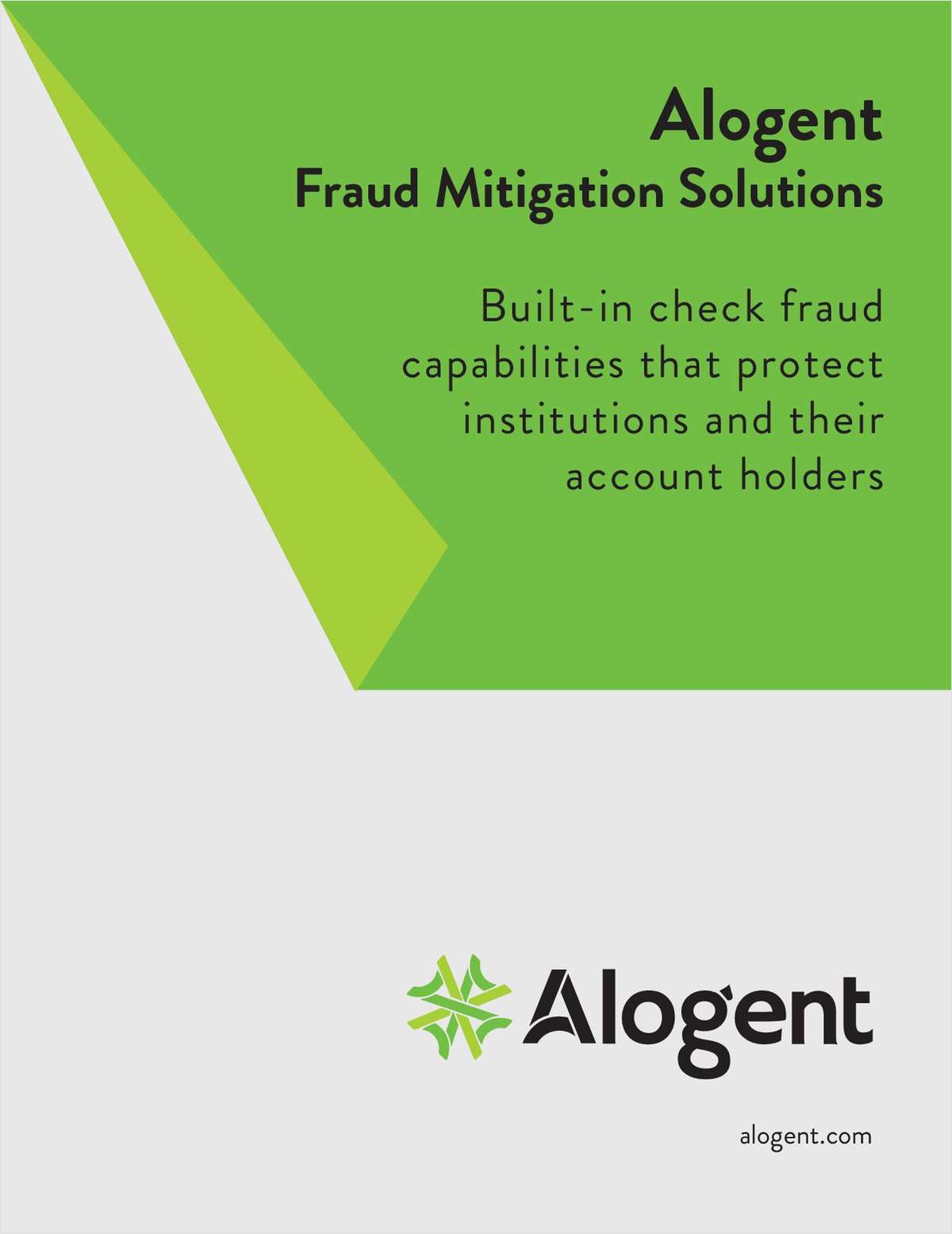
“The introduction of something new,” or, “a new idea, method or advice.” According to m-w.com, that's the definition of innovation – a word that's as prevalent in the credit union industry as deposits or members.
It often sounds like one of those overused workplace buzzwords, like “employee engagement” or “organizational culture.” Something credit unions know they're supposed to invest in and achieve that doesn't come with its own how-to manual. There are an endless number of ways to approach innovation – and no set rules on what the outcome should be – so it's only natural for many credit unions to not know where to begin.
So what does innovation really mean? I asked myself this question last Wednesday during a two-hour drive from Los Angeles to Irvine, Calif., for CU Direct's Innovation Lab grand opening event (more on that later). Forty miles later, I concluded that the meaning may not be as important as the purpose. The activities associated with innovation can be any number of things, but the reason we innovate is to adapt and mold to external changes that impact us. It keeps us from getting stuck or falling behind. We may be running on a smooth, clear path alongside our peers one day with no obstacles in sight, but when the path starts to turn rough, we have no choice but to veer off into another direction. And we must be prepared for that moment.
As I write this, I'm allowing some unexpected, major life changes of my own to sink in, which are forcing me to take a different, uncertain path – most likely, a move to Portland, Ore., for a fresh start (thank goodness the staff here at CU Times works remotely, giving me the freedom to live anywhere). Making this transition will be time-consuming and exhausting, and doubts will crop up along the way, but sometimes living uncomfortably for a short period of time is necessary to unlock the door to long-term success or happiness.
The same can be said in the business world. Let's say a credit union is set in its ways of communicating with members and potential members primarily in the branch and through direct mail. But the consumers in its market have developed different needs – they prefer to interact via live chat and email on their mobile devices. That means it's time for the credit union to up its mobile game, which may require more work, more resources, some tough decision-making, and a trial and error period. Pushing through those pain points, however, is the only way the credit union can eventually thrive in the world it operates in.
A recent Filene Research Institute case study details how Libro Credit Union in London, Ontario, Canada, which took part in Filene's Innovation Immersion program, made innovation part of its culture. Employees from throughout the credit union brainstormed ideas and developed prototypes with a goal of boosting loyalty and meeting members' long-term needs. Those prototypes were presented to the credit union's board and executive team, and may soon influence its mobile and web design and functionality plans. Participants noted that the experience led them to push one another in a respectful and challenging way, try something new and get out of their comfort zones. And the motivation to begin stemmed from what I mentioned earlier – the need to adapt to changing circumstances.

“Owners who want financial happiness will demand new ways to make sense of their financial well-being,” Libro Vice President, Brand Brian Aalbers said in the case study. “We need to transform banking into something more than just transactions to increase loyalty, create new relationships and ensure our long-term sustainability.”
While innovation means something different for each credit union, there's no question that it's hot right now, and that brings me back to CU Direct's Innovation Lab. The lab was designed as a flexible, open workspace for CU Direct employees; a place for partner credit unions to share their thoughts on CU Direct products; and a destination for both CU Direct leaders and partners to discuss and test new lending technology ideas. Featuring whiteboards, large video conferencing monitors, a café-style work area and a mix of public and private meeting rooms, the Innovation Lab is an investment that speaks to the importance of collaboration in the credit union industry.
At the Innovation Lab's grand opening, I asked CU Direct's new VP of Innovation, Brandy Thomas (former Innovation Center Director for Jack Henry & Associates), what the buzzword means to him. It turns out Merriam-Webster might have gotten it wrong – he said while innovation is about finding better ways to improve the member experience, which is incredibly important now as credit unions face more competition, it can happen through an aggregation of old ideas. So while “innovation” and “new” may seem synonymous, remember that ideas from the past can also be recycled and given a new twist.
It's OK to be unsure of the specifics as you begin the innovation process. It's meant to be an undefined, evolving journey that can feel awkward as hell sometimes. What's important is to know why you're doing it and to just get started – and not be afraid.
Complete your profile to continue reading and get FREE access to CUTimes.com, part of your ALM digital membership.
Your access to unlimited CUTimes.com content isn’t changing.
Once you are an ALM digital member, you’ll receive:
- Breaking credit union news and analysis, on-site and via our newsletters and custom alerts
- Weekly Shared Accounts podcast featuring exclusive interviews with industry leaders
- Educational webcasts, white papers, and ebooks from industry thought leaders
- Critical coverage of the commercial real estate and financial advisory markets on our other ALM sites, GlobeSt.com and ThinkAdvisor.com
Already have an account? Sign In Now
© 2024 ALM Global, LLC, All Rights Reserved. Request academic re-use from www.copyright.com. All other uses, submit a request to [email protected]. For more information visit Asset & Logo Licensing.









